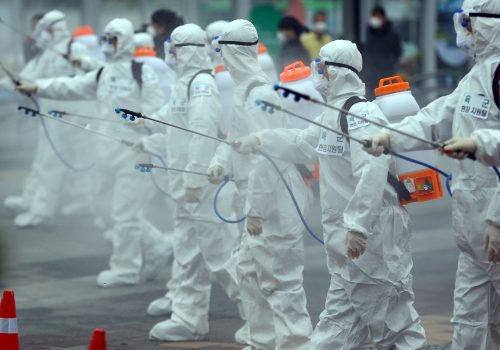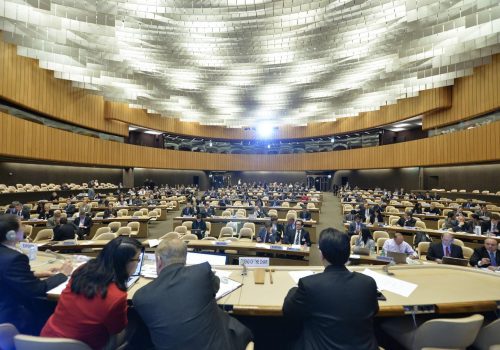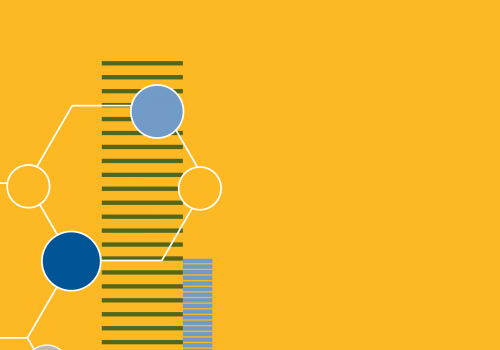What world post COVID-19?: A conversation with Mr. Greg Lindsay
This interview is part of a series conducted by the Atlantic Council’s Foresight, Strategy, and Risks initiative on the potential impacts of COVID-19. The interviews feature insights from the FSR initiative’s Nonresident Senior Fellows, a set of experts drawn from across a wide range of fields. In this interview, Mr. Greg Lindsay, director of applied research at NewCities and partner at FutureMap, outlines the implications of the pandemic for the future of cities and shares suggestions for how communities could emerge from this crisis stronger than before.
What are the big questions that you’re focusing on in your research and writing? How have those issues been affected by the COVID-19 pandemic?
I’m a journalist by training. I wrote a book almost decade ago called “Aerotropolis: The Way We’ll Live Next.” My day job is director of applied research at New Cities, here in Montreal. We’re examining urban density, the future of work, decarbonization and climate adaptation.
I spend a lot of time thinking about urban mobility—transportation binds cities together. After the pandemic, transit usage numbers dropped by 80 percent in most North American cities. Can we use this moment to reclaim streets for walking, cycling, and micro-mobility?
Another issue I am working on is the future of work, and how remote work for the 37 percent of those who can do it can be a good thing. How do we protect those who cannot?
Finally, on climate adaptation, I am working with the Atlantic Council and exploring climate migration and what comes after climate adaptation. I focus on long-term strategies for saving the areas we can save and equitably protecting the populations there. During the COVID-19 crisis, I’ve kept coming back to the Robert Frost poem “Fire and Ice”: “Some say the world will end in fire, some say in ice.” The fire is climate change, and the ice is the possibility of economically freezing here in our self-quarantines. If we move to the suburbs and buy cars to never have to take public transportation, we will accelerate massively global climate emissions, effectively choosing to end the world in fire. A third of the world’s population lives in zones that are becoming increasingly uninhabitable due to climate change pressures already. That leads not only to short-term changes in the United States for people who will lose their homes as part of a new foreclosure crisis that’s emerging, but also globally, for instance as the Indian subcontinent and large swaths of Central America become uninhabitable. What happens then?
What is the impact of COVID-19 on world cities?
The key question is how do we inoculate the world and cities? I’m involved in a number of conversations concerning office space, tall buildings, and cities in general after the pandemic. “Are cities over?” is a recurring question, and I spent a good chunk of time with a group of experts discussing the future of cities, where participants didn’t believe they have much of a future.
Generally, I’m extremely disheartened by the discourse right now, which is hastily burying the concept of cities, even though major urban centers in the United States are the biggest contributors to economic growth, patent activity, innovation, etc. I feel like there is a sort of note of relief or almost celebration that we can now work from home and we’ll have everything delivered to us. Whether the suburbs are the future: I’m not really quite ready to declare that yet.
There is a lot of devastation to urban economies and to the social fabric. In the short term, Congress needs to bail out cities in the United States and North America, as there will be a huge municipal crisis which might do incredible damage to social services during the pandemic.
In the long term, I worry about the most vulnerable people in the pandemic. While the privileged can move to second homes and suburbs, the people who are most vulnerable in this pandemic are the same ones who are in informal housing or in an unhealthy density on the periphery of cities. Here, in Montreal, for example, we’re now the seventh most fatal COVID-19 urban area in the world, according to official statistics. Seniors and recent immigrants are living in overcrowded housing, so one can only imagine the situation in the favelas in the Global South.
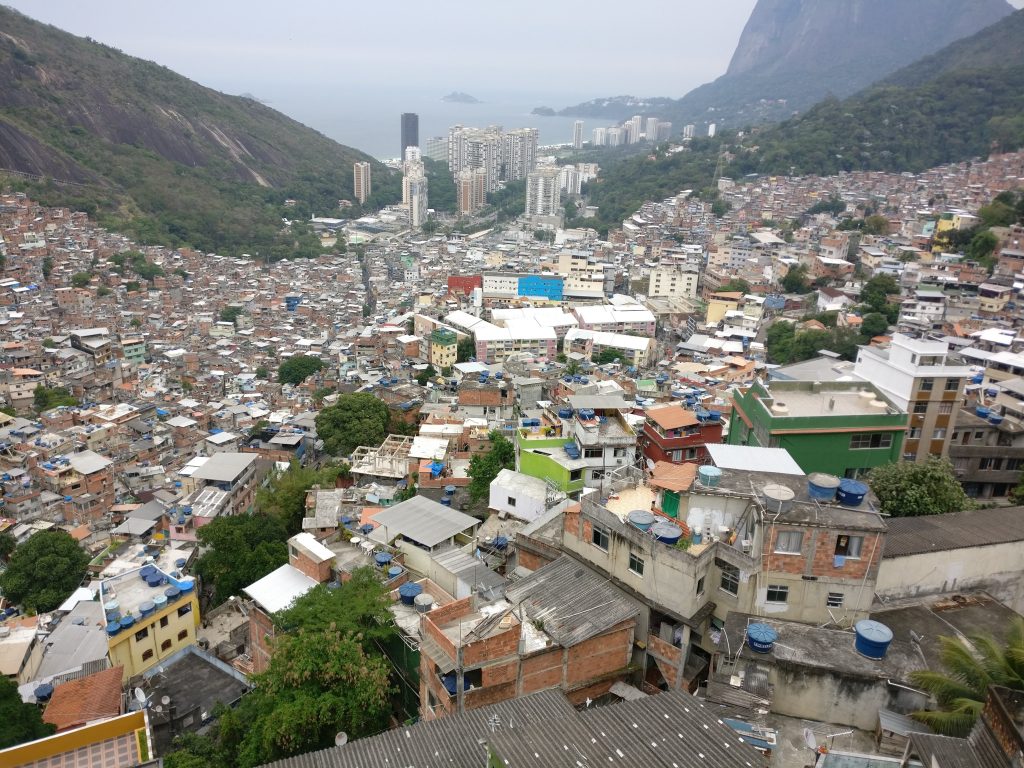
Past pandemics (the Black Death, the Spanish flu, etc.) hit major cities hard because they were exposed to the global economy and had dense communities, yet pandemics did not lead to the disappearance of cities. How do you think about the long term and what cities might look like?
The short answer is I’m pessimistic, not necessarily because of the pandemic—because we will have a vaccine—but because of its implications for the urban social contract. When talking about the Spanish flu, two things immediately jump out to me: the geopolitics, i.e., the end of World War I, and the 1920 US election. The election and its “return to normalcy” campaign, literally a century ago, was one of the darker moments of the United States for its xenophobia towards immigrants and systemic racism. Following it, we had the exuberance of the roaring 1920s, wealth inequality, and then the economic collapse and fascism in the 1930s. If history rhymes, we are today at the beginning of a similar couple of decades.
But the other side of that is that in pure urban terms, those decades led to Mies van der Rohe, Le Corbusier, Walter Gropius, the Bauhaus: architects and an art school which popularized surfaces that were made of steel and glass and communicate functionality and cleanliness. They knocked down “slums” and built towers in the park instead for cleanliness and urban hygiene. When I hear these ideas, I become pessimistic because of the loss of the social contract. We are going to take large chunks of the city, (Barclays is estimating that 30 percent to 40 percent of US physical retail is going to just disappear without a trace after the pandemic), and we are going to obscure that infrastructure in Amazon warehouses or in the so-called “dark kitchens” that will absorb restaurants. This trend was already underway, and I worry about the social contracts in these spaces. What will be the impact on worker protections, small businesses, and their emergence in the heart of cities and urban economies? I worry about the power we’ve given to very large technology companies and their infrastructures, and I wonder how we can push back and create a new social contract for gig workers. If, for example, working from home is an option, and I hear CEOs and CFOs talking about it, I wonder who will absorb the costs. I love the serendipity of cities and I love shopping on my street, and I worry about how much of that is poised to vanish.
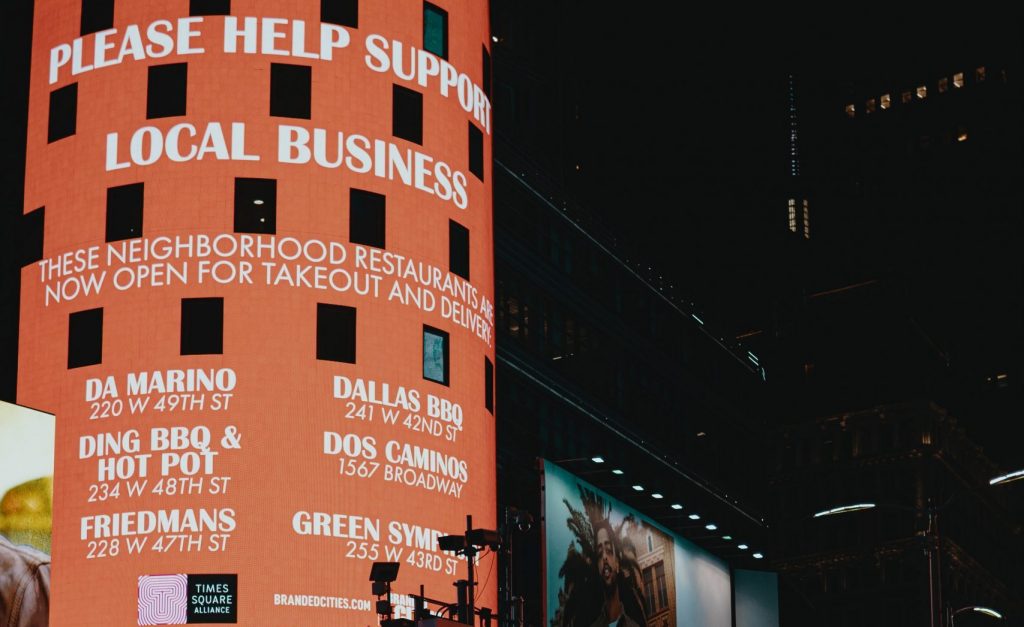
Let’s talk a little bit about hopeful scenarios. Other cities around the world, in Asia, in Europe (e.g., Paris), are experimenting with different solutions to address density, livability, and climate. In East Asia, there are cities that are very wealthy and dense, yet doing reasonably well at keeping the pandemic under control. What are some examples in the world where smart planning and policies can counter the challenges you are foreseeing?
Ambitious cities that wanted to implement aggressive livability and climate policies are using the COVID-19 crisis as a crowbar. I recently spoke to the Deputy Mayor of Milan about their efforts to reclaim the streetscape from cars. The Italian Government has offered federal subsidies for electric vehicles, not just bicycles and scooters, and is using carrots and sticks for people to change their modes of transportation and hopefully decarbonize. Paris, as you alluded, has the world’s most progressive mayor, with her “15-minute city.” The idea of rethinking Paris as a series of urban villages, and also her plans to reintegrate the Parisian suburbs, is fascinating.
Hong Kong is another example. It’s a fascinating Rorschach test for what is possible with the public health apparatus. While Seoul and Tokyo are also interesting because their public health sector is very strong, and there is trust in government, Hong Kongers rushed to implement strict measures in a citizen-coordinated fashion as a result of their civil disobedience history. Furthermore, because of their experience with Severe Acute Respiratory Symptoms (SARS), they really had a cultural understanding of action. This is another example of “bottom-up” approach that gives me hope. (Although I’m increasingly worried for Hong Kong itself.)
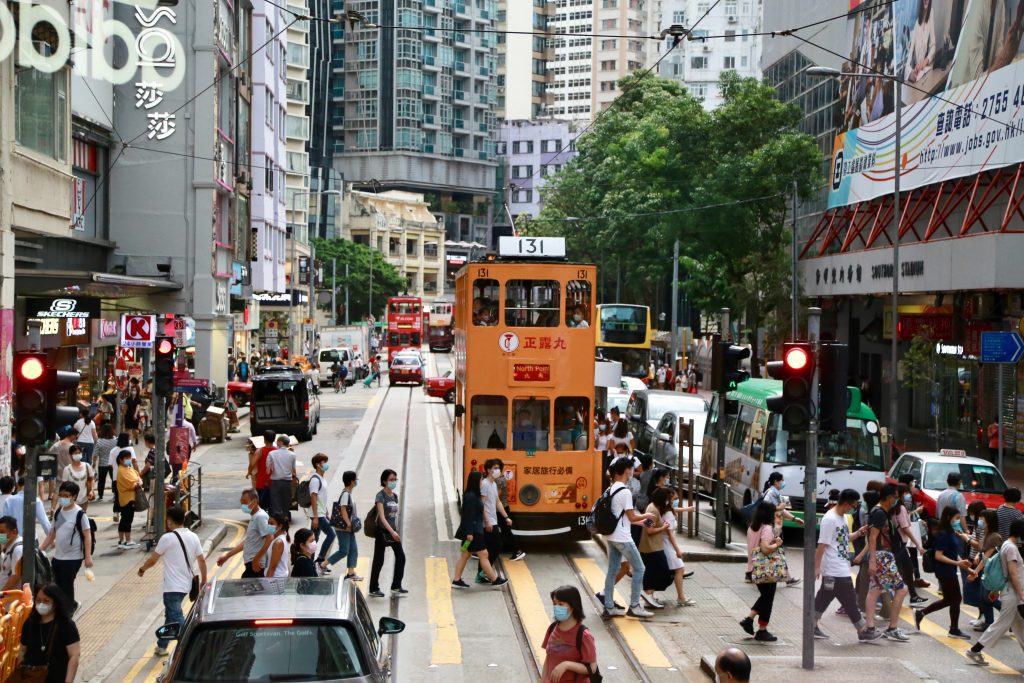
Then, of course, there’s the Black Lives Matter movement in the United States and around the world. I’ve never seen the Overton Window move so quickly—not just on a general awakening about institutional racism, but also defunding and dismantling US policing. From a foresight perspective, it’s another reminder that many supposedly unpredictable events are really the result of slowly-building pressures released all at once. Only the fault line is unknowable. But unleashing these forces is one thing; channeling them into systemic change is another.
I’m working with a team of architects from MIT right now on a project for the Venice architecture biennale, which we call “open collectives.” We’re looking at bottom-up, physical-digital hybrids of people who organize to administer mutual aid. One of results of this crisis could be “a paradise built in hell,” as Rebecca Solnit has written about over a decade ago. It is disasters like COVID-19 that allow the spontaneous formation of new collectives and people cooperating. The historian Rutger Bregman has a new book out called “Humankind: A New History of Human Nature,” which argues that people are fundamentally decent and will help each other. If there is something in my own work I’m hopeful for, it is the new kinds of institutions and cooperative aid and digital networks that will allow us to carry this collaborative spirit going forward.
This echoes your comments earlier about how the Spanish Flu spurred modernism in the arts and architecture and also maybe in political and social organization. We may very well be seeing the kind of experimentation you are referring to, which might shake up ossified systems. Moving forward, are there lessons we could take from the COVID-19 pandemic aftermath and response for other transnational challenges ahead of us, like climate change?
My friend Parag Khanna once remarked that the future of geopolitics would resemble the High Middle Ages: weak federal states and strong entities inside of countries aligning with each other based on politics and geography, like we are seeing in the United States right now when it comes to reopening the country after the pandemic. Much has been predicted about networks of cities forming and cooperating, and we are seeing this, but the pandemic is also a revenge of the nation state in many ways, particularly in the United States. I’m very curious about the institutions which will emerge.
Additionally, we also have empowered individual actors like Bill Gates and the Gates Foundation, offering policy advice and resources. Another example is Amazon, with whom the Canadian government cut a deal to deliver supplies, circumventing the Canadian postal service. So we are seeing national supply chains that are increasingly becoming orthogonal when it comes to nation states.
Another relevant example and a potential weak signal are the talks in Oceania and the Pacific, where New Zealand and Australia are hoping to create a unified bio passport zone. They are in discussion with Hong Kong as well, and it is interesting to see of the former British Commonwealth being united by language and biological ties. The question to me is what kind of new zones of influence will emerge? There are plenty of stories about Italy getting aid from China, and the implications of that for the EU-China balance. Soft power is transforming.
Sign up for the FSR Newsletter!
Sign up for the Foresight, Strategy and Risks newsletter to remain up to date with our events, publications, and much more! Learn about global risks, technology, emerging security issues, and geopolitics, and discover how current events fit into long-term trends.
Given these trends and examples you’ve mentioned, how should we think about the application of technologies? Technology is agnostic, so it might be both beneficial and dangerous to us.
When it comes to the notion of using technology to fight this crisis, I am generally in a state of alarm. An example is that of Apple and Google, who are interested in partnering up to use their location data to do contact tracing. They do seem to have a good privacy policy in place, but the bigger picture is that contact tracing via app generally doesn’t work. There is a lot you can do with technology, but contact tracing appears not to be one of them. One needs to hire thousands of people, at least, to do it. Facial recognition is another example, and it is in general a profoundly anti-urban technology, because it destroys the anonymity and propensity of people by creating a permanent digital surveillance record. It has been said that facial recognition is like plutonium: extremely dangerous, extremely poisonous and only with very limited use cases.
A great conversation that we should have is about what kind of data we should be collecting for the public good and which institutions should keep it. A great discourse around data trusts and the new civic institutions for holding it is currently taking place. I think it’s interesting that Sidewalk Labs, related to Alphabet Inc., was going to build a new urban district in Toronto and pulled out of that deal, perhaps because the former chairman of alphabet, Eric Schmidt, is now going to advise the state of New York. They got significant pushback because of their approach to privacy and it creates space for us to rethink privacy beyond the individual and focus on collective rights.
I’d also like to see more of what people like Mayor Valérie Plante is doing here in Montreal, where she suggested creating a network of delivery services that is not-for-profit and doesn’t hurt restaurants by taking commissions. I’m looking forward to new types of public infrastructure that could emerge, for instance with regards to postal service access or broadband access. This goes back to reports like The Global Innovation Sweepstakes, released by the Foresight, Strategy, and Risks Initiative in 2018, which argues for rethinking policies to increase our technological capacity and innovation, from education to accessibility. Another tangent is about global supply chains and the critical industries that should exist in each nation for pharmaceuticals, masks, etc.
How and where can communities reemerge in a way that then enables our society as a whole to not only recover, but hopefully be stronger after the pandemic? In terms of economics, distribution of wealth, resilience, and democracy. What are some avenues and mechanisms to consider?
That’s a great question. I can think of a handful of examples relating to governance and open collectives. How does one create different types of organizations? There’s a lot of evidence from around the world that cooperatives are weathering the pandemic better than most. We could work around cooperatives and other organizations which have been quicker to provide employees with protections, both economically and personally.
Another example is local governments like the one in Barcelona, which have experimented with municipalism and effectively elect representatives who are accountable to them. So the government is bottom-up from community groups, not top-down to the people. As someone who dabbles in futurism, I’m constantly thinking: “what are the new forms at the edges that can play a role? How do we create new forms of localism, versus these giant flattened networks like Facebook?” Local institutions and mutual aid groups are interesting, the challenge is to scale them. Scaling is sort of what breaks the magic. These institutions are contextually rooted and cannot be scaled easily, so I don’t really have an answer to “how much can we learn?”
We spent the 20th century building the nation state and the early 21st century building the social network. Today, as disinformation is spreading on social networks, how do we create locally trusted networks? This is the “Dark Forest” theory of the Internet—borrowed from Liu Cixin’s The Three-Body Problem— in which people are retreating to smaller WhatsApp groups or other smaller communication groups with trusted friends as a way of pushing back against the larger forces of misinformation. This ubiquitous notion of local clusters and the extent to which they can scale is important, but ultimately, we still need ideally a strong federal government and resources to back people up. No one’s coming to save us. We have to save ourselves. But there are limits to what we can do.
